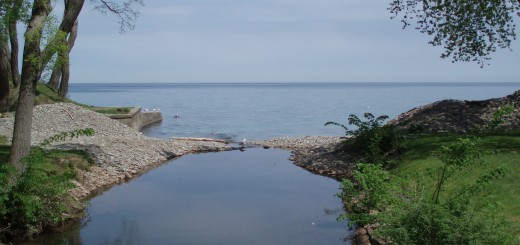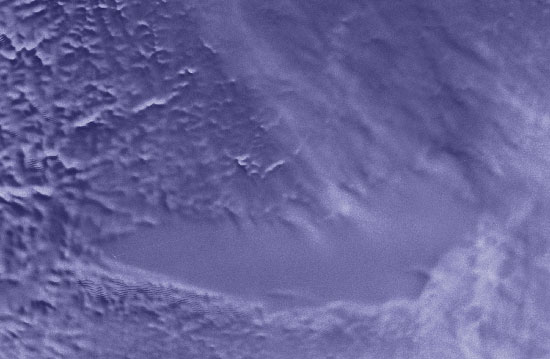EPA releases National Lakes Assessment draft
2The Environmental Protection Agency has released a draft of the National Lake Assessment, which is open for review and comment until Jan. 22.
The assessment is a survey of the nation’s lakes, ponds, and reservoirs. The intent is to provide accurate estimates of lake conditions using consistent sampling and procedures so that all results across the country can be compared. Lakes were randomly selected to represent the condition of the larger populace of surrounding lakes across the southernmost 48 states. The lakes sampled in 2007 numbered 1,028, representing the condition of approximately, 50,000 lakes. The Great Lakes and Great Salt Lake were omitted from the study.
Measurements included the following:
- Water quality indicators: nutrients, dissolved oxygen, and algal density
- Biological indicators: phytoplankton and zooplankton (algae and microscopic animals)
- Recreational indicators: algal toxins and pathogens
- Physical habitat indicators: lakeshore and shallow water habitat cover
The study found that 56% of the nation’s lakes support healthy biological communities, 21% are in fair condition, and 22% are in poor condition.
As for recreational activities, microcystin —toxins harmful to humans, pets, and wildlife produced by blue-green algae — was found in approximately one third of lakes and “at levels of concern” in 1%.
When compared to a subset of wastewater-impacted lake sampled 35 years ago, NLA data reveals that wastewater treatment and other pollution control efforts are effectively reducing or maintaining phosphorus levels and improving trophic levels, a measurement of lakes’ biological productivity.
National Lakes Assessment Fact Sheet (PDF) [Environmental Protection Agency] Draft National Lakes Assessment Report (PDF) [Environmental Protection Agency]














[…] Lakes near the Great Lakes are in better condition than those in the rest of the country, according to the Great Lakes Echo. This information is based on the EPA’s National Lakes Assessment, the draft of which was released last December. […]
[…] million people go on spring and summer boat tours up the Chicago River and into Lake Michigan. But the $78.5 million plan to keep Asian carp from the Great Lakes included proposals for frequently keeping locks along the waterways leading to Lake Michigan closed […]